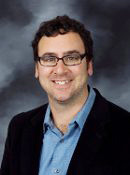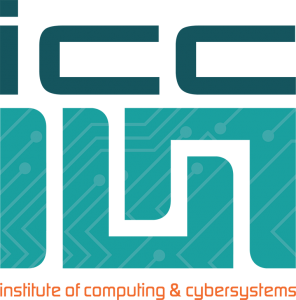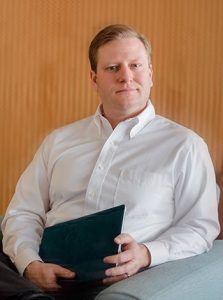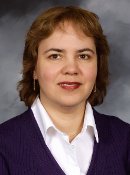 Tim Havens (CS/ICC) coauthored the article, “Enabling Explainable Fusion in Deep Learning with Fuzzy Integral Neural Networks,” which was accepted for publication in the journal IEEE Transactions on Fuzzy Systems.
Tim Havens (CS/ICC) coauthored the article, “Enabling Explainable Fusion in Deep Learning with Fuzzy Integral Neural Networks,” which was accepted for publication in the journal IEEE Transactions on Fuzzy Systems.
Citation: M.A. Islam, D.T. Anderson, A. Pinar, T.C. Havens, G. Scott, and J.M. Keller. Enabling explainable fusion in deep learning with fuzzy integral neural networks. Accepted, IEEE Trans. Fuzzy Systems.
Abstract: Information fusion is an essential part of numerous engineering systems and biological functions, e.g., human cognition. Fusion occurs at many levels, ranging from the low-level combination of signals to the high-level aggregation of heterogeneous decision-making processes. While the last decade has witnessed an explosion of research in deep learning, fusion in neural networks has not observed the same revolution. Specifically, most neural fusion approaches are ad hoc, are not understood, are distributed versus localized, and/or explainability is low (if present at all). Herein, we prove that the fuzzy Choquet integral (ChI), a powerful nonlinear aggregation function, can be represented as a multi-layer network, referred to hereafter as ChIMP. We also put forth an improved ChIMP (iChIMP) that leads to a stochastic gradient descent-based optimization in light of the exponential number of ChI inequality constraints. An additional benefit of ChIMP/iChIMP is that it enables eXplainable AI (XAI). Synthetic validation experiments are provided and iChIMP is applied to the fusion of a set of heterogeneous architecture deep models in remote sensing. We show an improvement in model accuracy and our previously established XAI indices shed light on the quality of our data, model, and its decisions.
 The Office of the Provost and Senior Vice President for Academic Affairs has announced that Dr. Timothy Schulz (DataS), professor of Electrical and Computer Engineering, has been named a 2019 University Professor.
The Office of the Provost and Senior Vice President for Academic Affairs has announced that Dr. Timothy Schulz (DataS), professor of Electrical and Computer Engineering, has been named a 2019 University Professor.

 Three ICC members are finalists in the 2017 Distinguished Teaching Awards presented by The William G. Jackson Center for Teaching and Learning. Nominees are recognized for their outstanding contributions to the instructional mission of the University. Based on more than 50,000 student ratings of instruction responses, ten finalists have been identified for the 2017 awards. The ICC member finalists are:
Three ICC members are finalists in the 2017 Distinguished Teaching Awards presented by The William G. Jackson Center for Teaching and Learning. Nominees are recognized for their outstanding contributions to the instructional mission of the University. Based on more than 50,000 student ratings of instruction responses, ten finalists have been identified for the 2017 awards. The ICC member finalists are: Only 58 scientists and engineers were invited to join the Air Force’s Young Investigator Research Program (YIP) this year.
Only 58 scientists and engineers were invited to join the Air Force’s Young Investigator Research Program (YIP) this year. 